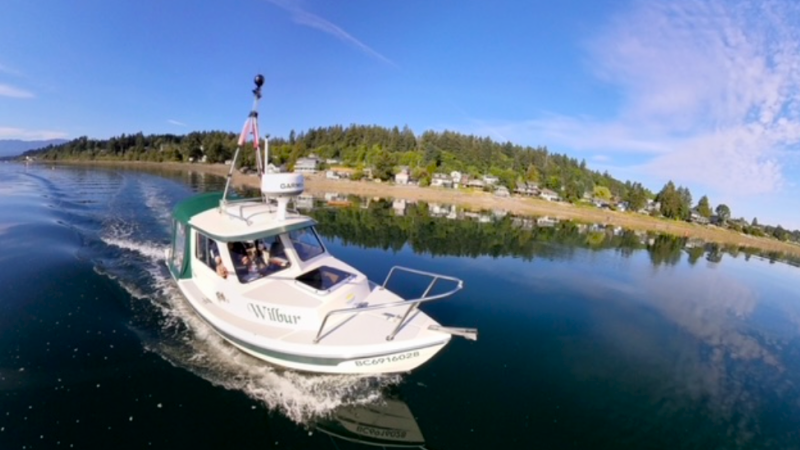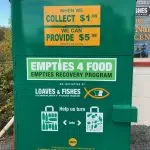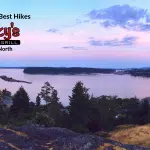
Small boat mapping ‘coastal squeeze’ and shore line of central Vancouver Island
NANAIMO — A small boat named Wilbur, and its crew, are having a big impact on how Island communities grow.
The 16-foot vessel has been making its way up the coast of eastern Vancouver Island, on a five year tour to better map, photograph and otherwise document the landscape.
Kyla Sheehan, project manager for the Resilient Coasts for Salmon Project through the Pacific Salmon Foundation, told NanaimoNewsNOW they’re trying to raise awareness around climate change and its impacts locally.
“Our goal is to have a really valuable data set of this imagery that we can use to help inform decision-making around coastal development and planning and communities for the communities sake, for housing security, housing security as well as…preserving valuable habitat for species on our coast.”




